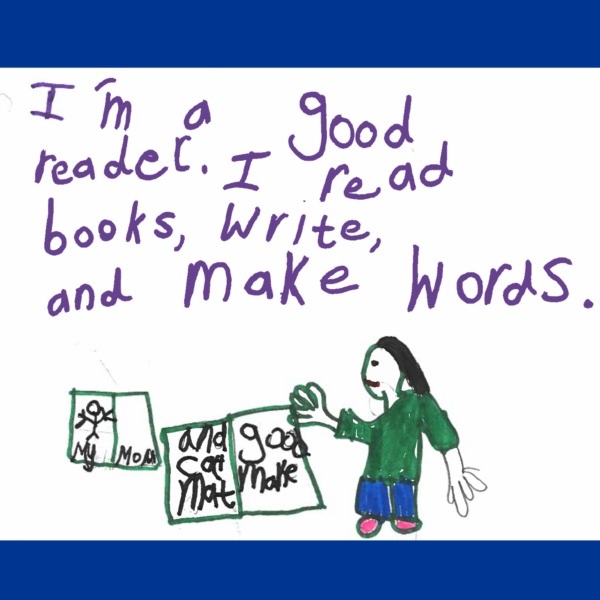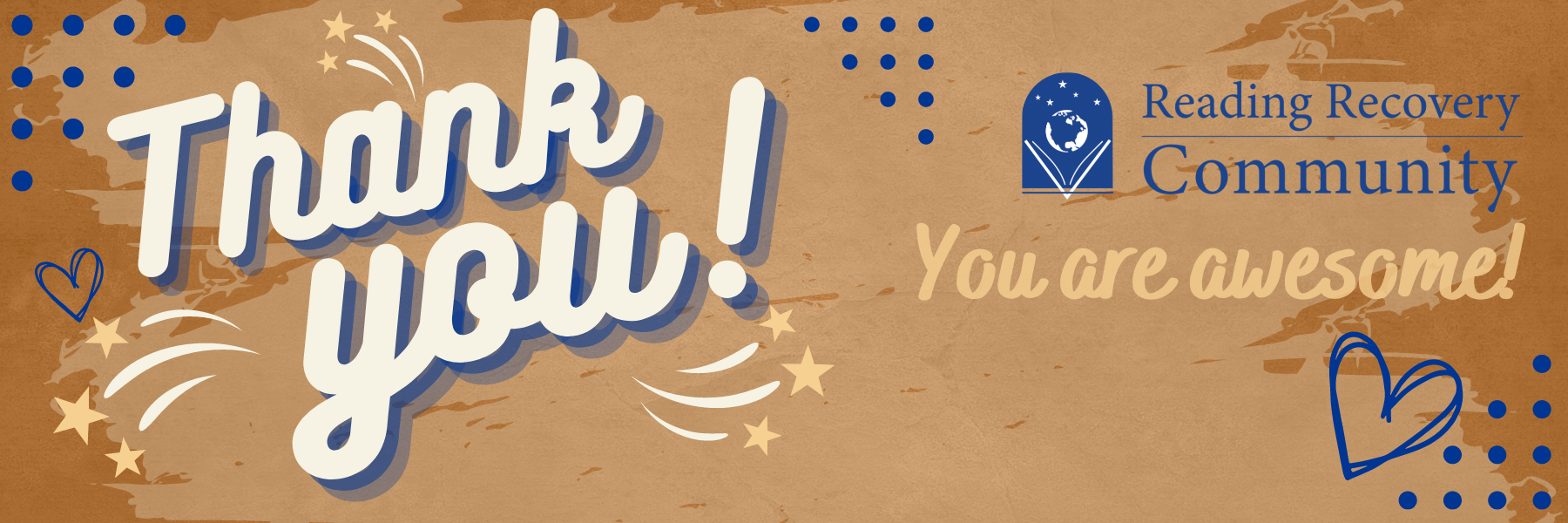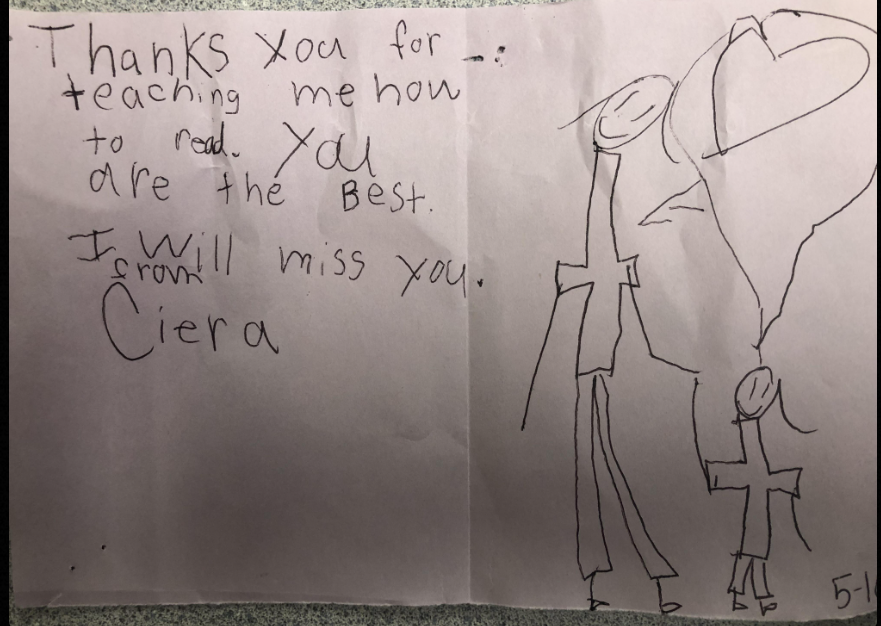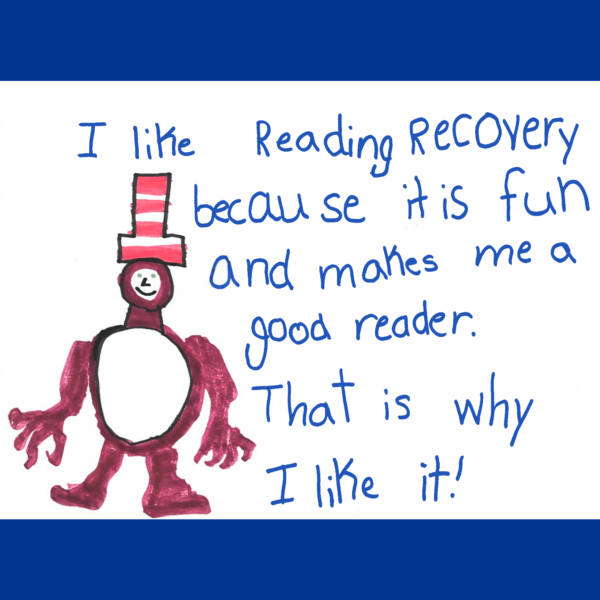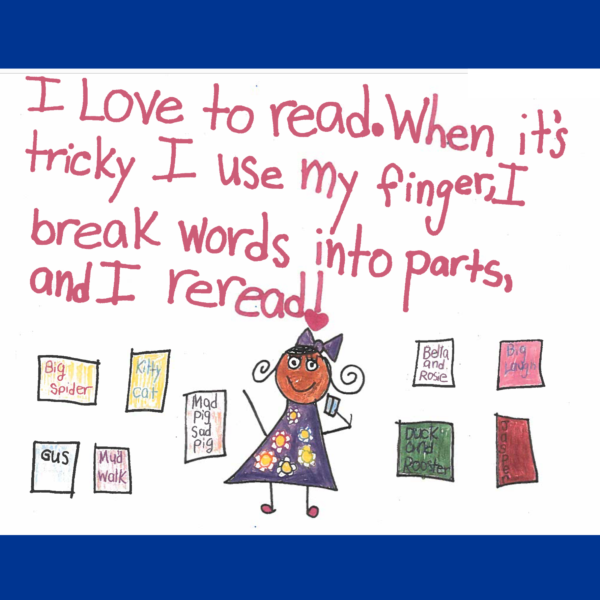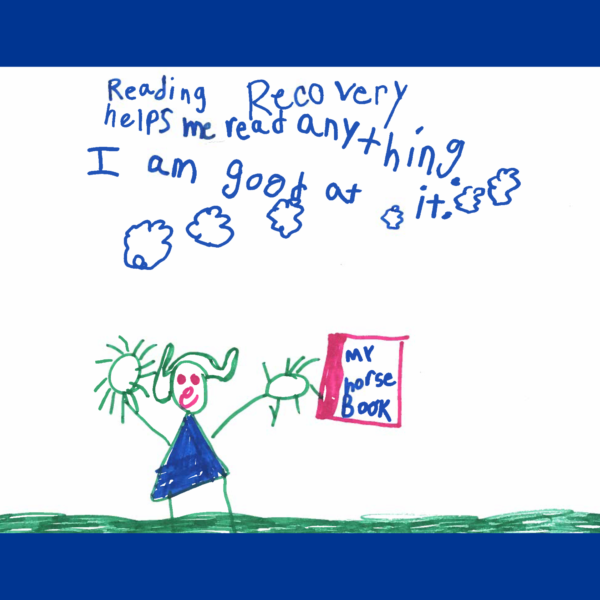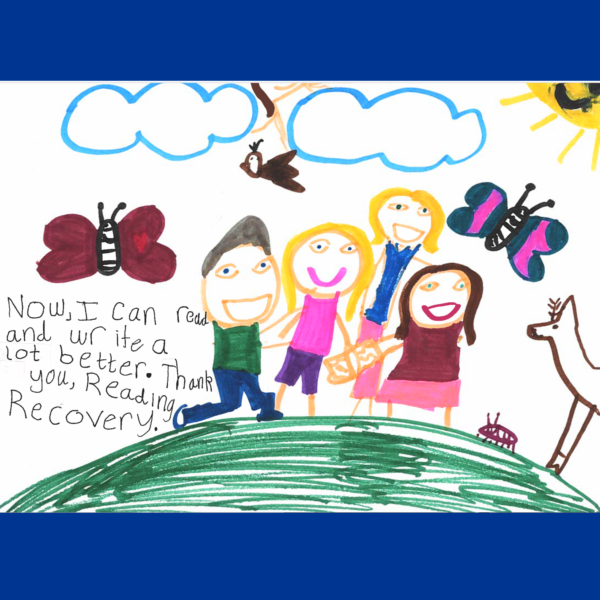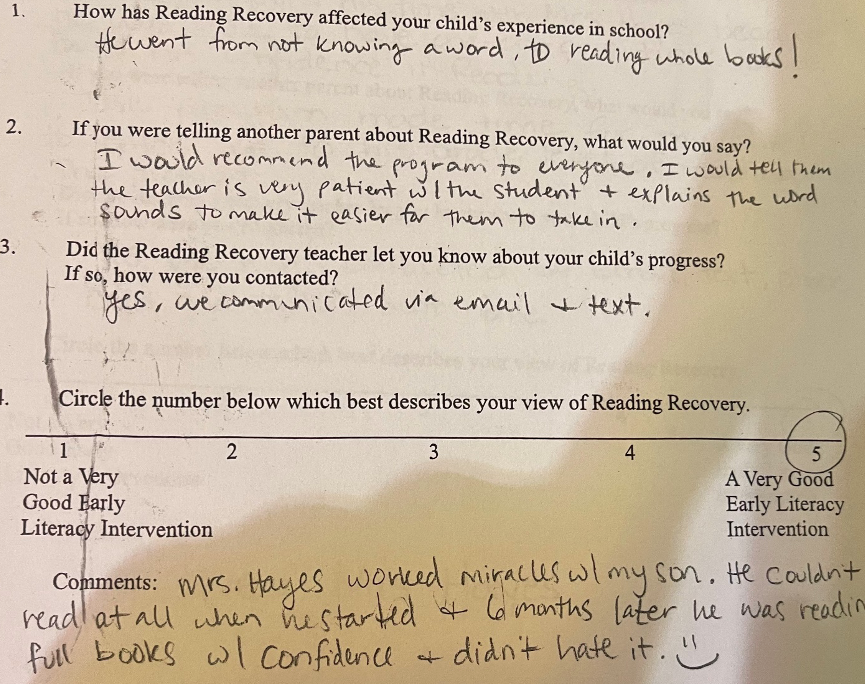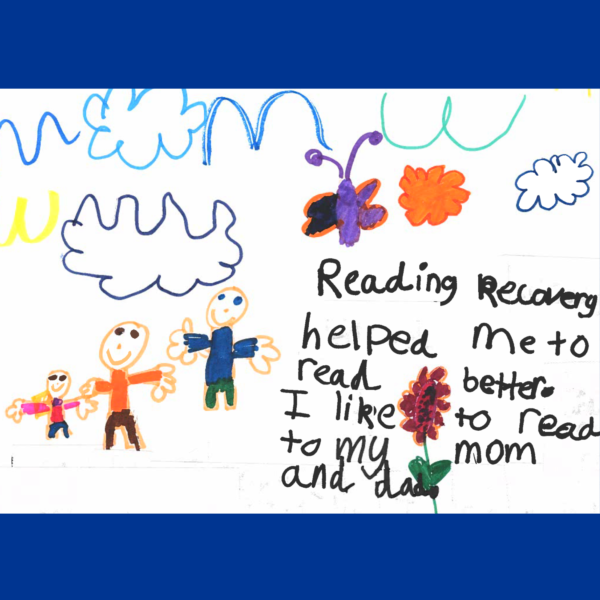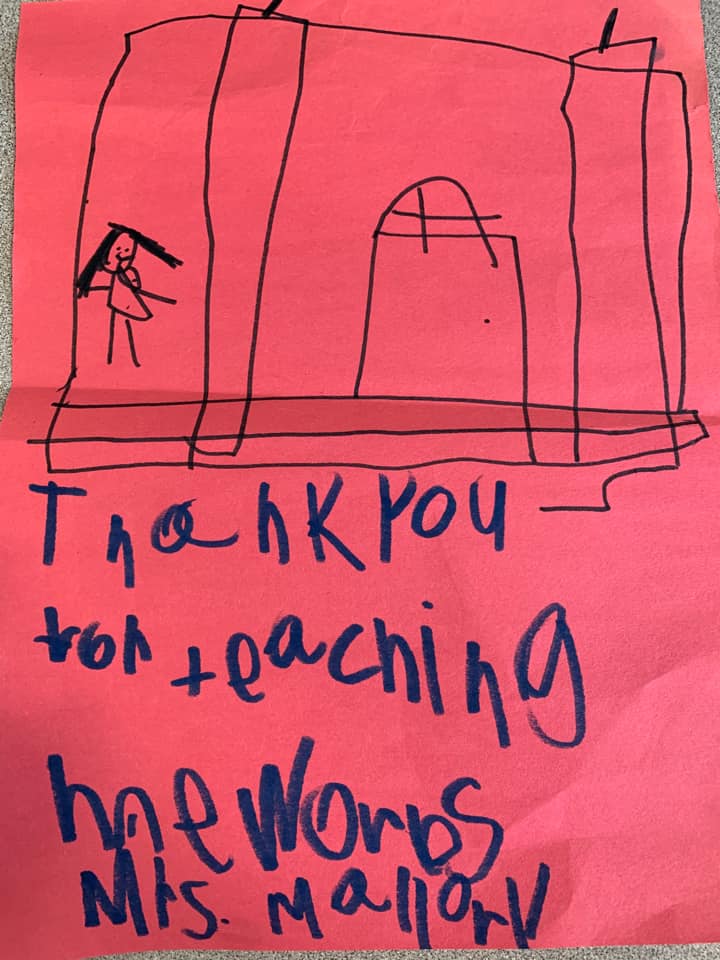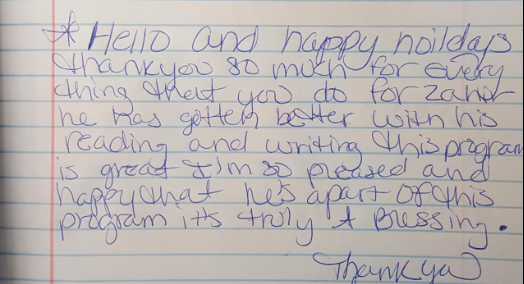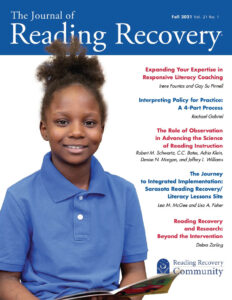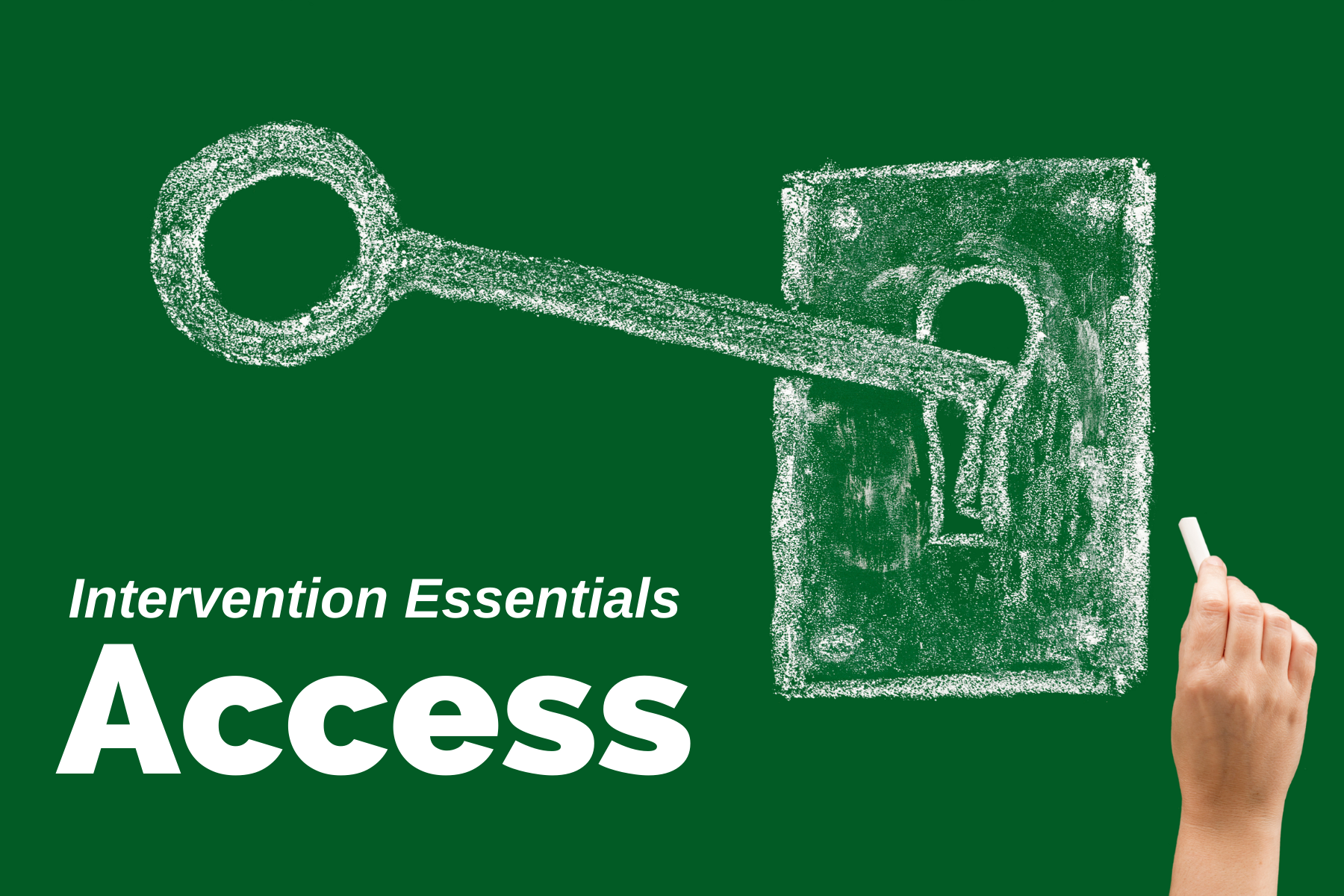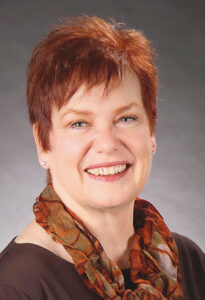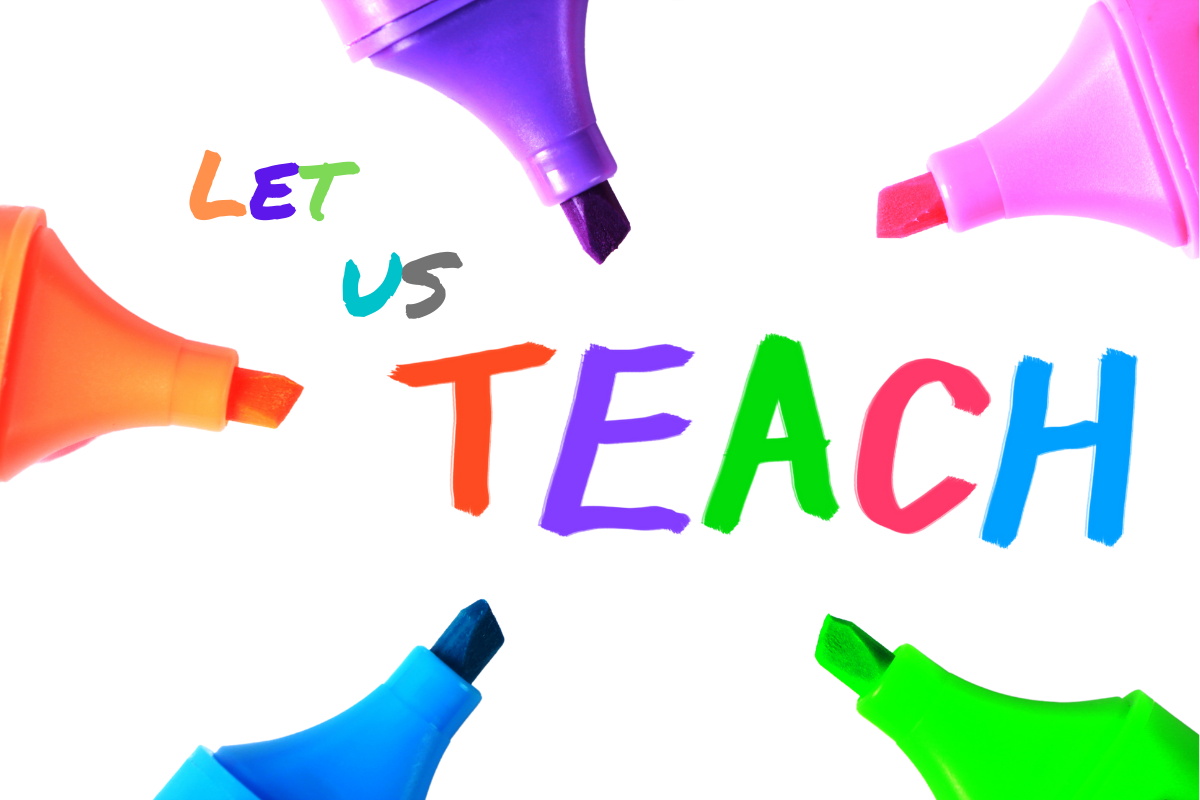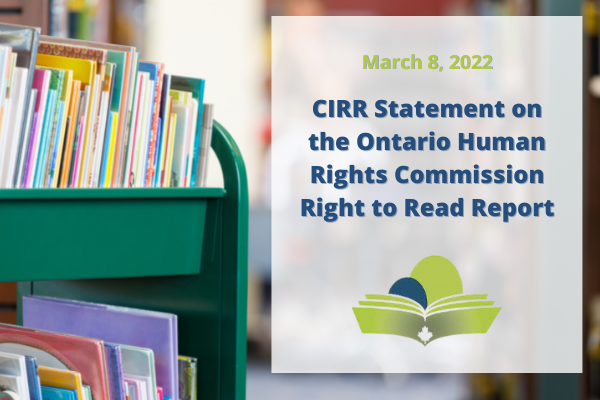Thank You, Reading Recovery Community!
Thanksgiving is a time for reflection, togetherness, and gratitude. This year, we’re thankful for every member of the Reading Recovery Community. Thank you for working tirelessly to help children learn to read.
Browse our thank you note gallery below. Add a thank you note you received to the comment section in our community and social media and we’ll add it to this post! Bookmark this post for whenever you need a pick-me-up. Your commitment and passion is appreciated!
